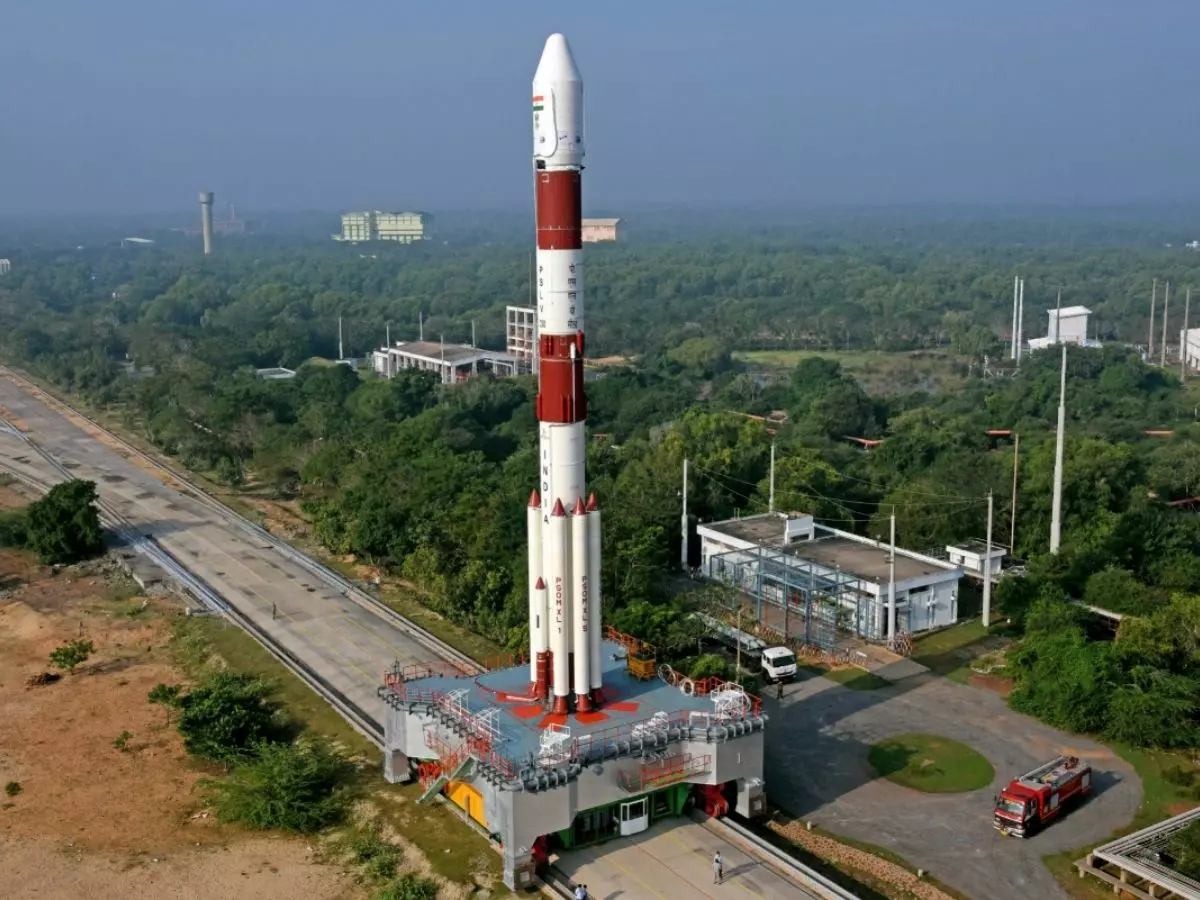Proud Day For Indians As ISRO Launches India's 42nd Communications Satellite CMS-01
Roughly 20 minutes after launch, PSLV-C50 will eject CMS-01 into a geosynchronous transfer orbit. From there, it will be positioned in the stationary orbit.

Today is a proud day for India as ISRO has successfully launched India¡¯s 42nd communication satellite -- CMS-01 successfully at 3:41 PM IST aboard its homegrown rocket PSLV-C50.
 ISRO
ISRO
The blast-off took place from the launch pad at Sriharikota in Andhra Pradesh. The rocket was roughly 44-metres high, with a four-stage engine. This was also the 22nd flight of PSLV in an XL configuration that included six strap-on motors fused in the first stage.
In an otherwise normal configuration, PSLV is a four-stage engine rocket that¡¯s powered by both solid and liquid fuels, with six booster motors strapped in stage 1 to provide better thrust in the initial phases of launch.
The 42nd communication satellite of India is expected to survive and remain functional for seven years. It is going to replace the GSAT-12 that was launched in July 2011 (with a life of eight years) that weighed a massive 1,410 kilograms.
Roughly 20 minutes after launch, PSLV-C50 will eject CMS-01 into a geosynchronous transfer orbit. From there, it will be positioned in the stationary orbit.
Even though this is the last mission for ISRO in 2020, it has a few launches lined up for the coming year. After PSLV-C50 launch, we¡¯re expected to see the launch of a small rocket dubbed Small Satellite Launch Vehicle that will carry onboard EOS-02 (Earth Observation Satellite) as well as the launch of Geosynchronous Satellite Launch Vehicle-F10 (GSLV) that will carry with it EOS-03.
 ISRO
ISRO
The SSLV rocket will cost about Rs 30 crore to manufacture as opposed to the Rs120 crore it costs to make the PSLV. Moreover, since it is a small-form-factor rocket, it can also be assembled by a team of six individuals in a matter of seven days, which is extremely fast when compared with a team of 600 people and a few months it takes to put together a PSLV.
Moreover, there are two more satellites ready for launch next year -- the GISAT which was slated for March 3 this year and got delayed due to technical reasons, and Microsat-2A.
